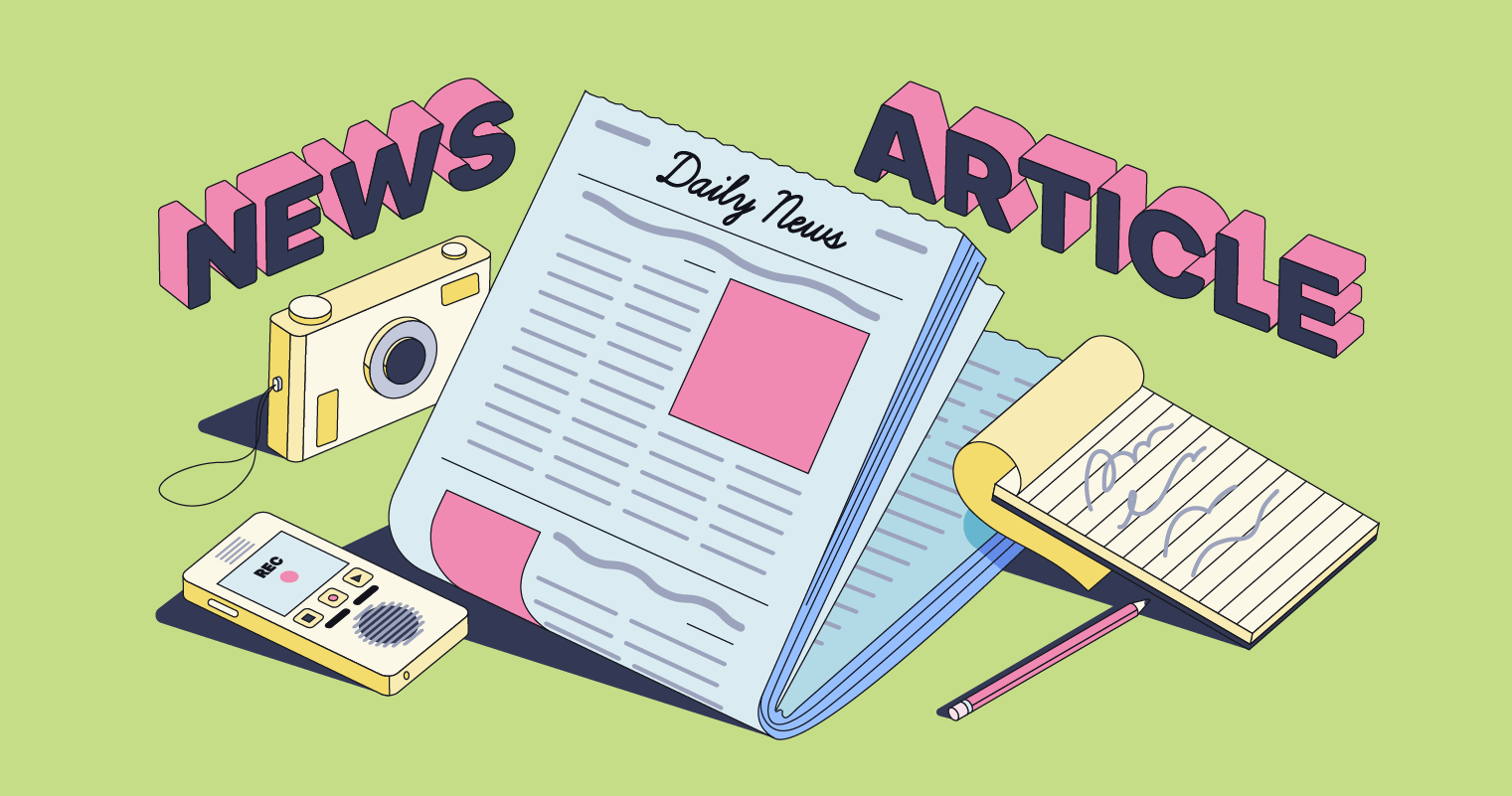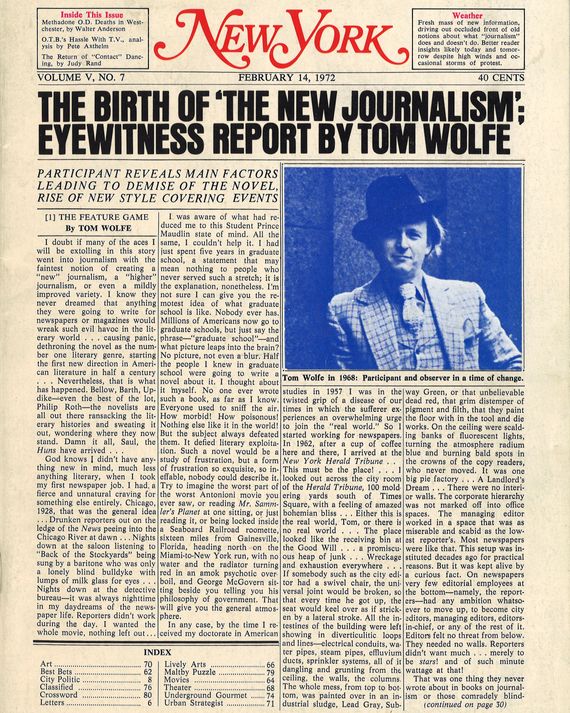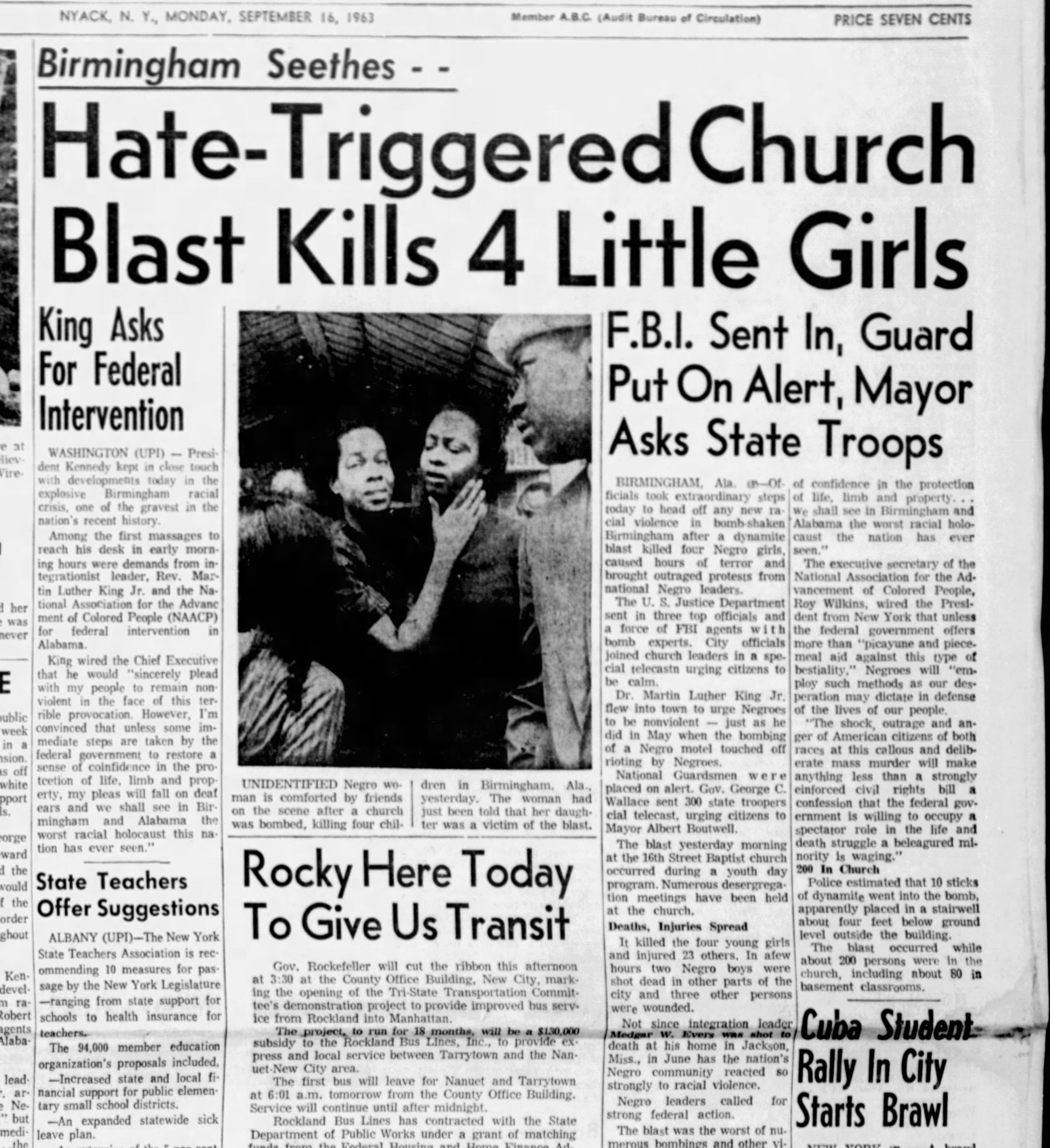Rumored Buzz on News Articles
Rumored Buzz on News Articles
Blog Article
The Definitive Guide to News Articles
Table of ContentsAn Unbiased View of News ArticlesThe Definitive Guide for News ArticlesWhat Does News Articles Do?News Articles Can Be Fun For AnyoneThe Single Strategy To Use For News Articles
Excellent knowledge of different topics offers pupils a competitive side over their peers. Even though digital and social networks are readily obtainable, we must not forget exactly how essential it is to read the papers. Parents have to attempt and inculcate the habit of reviewing a newspaper as an everyday routine to proceed the legacy of the revered print medium.News stories likewise have at the very least one of the following essential features loved one to the intended target market: closeness, prominence, timeliness, human interest, curiosity, or consequence.
Within these restrictions, news stories likewise intend to be comprehensive. However, other variables are included, some stylistic and some stemmed from the media type. Among the bigger and much more respected papers, justness and equilibrium is a significant consider offering details. Discourse is generally confined to a separate section, though each paper might have a various general angle.
Papers with an international audience, for instance, have a tendency to use an extra formal design of composing. News Articles.; common design guides include the and the US Information Design Publication.
A Biased View of News Articles
Generally, journalists will not make use of a long word when a short one will certainly do. They make use of subject-verb-object building and vivid, active prose (see Grammar). They use stories, instances and metaphors, and they seldom depend upon generalizations or abstract concepts. Information writers attempt to avoid utilizing the exact same word a lot more than as soon as in a paragraph (occasionally called an "resemble" or "word mirror").
Headlines in some cases omit the subject (e.g., "Leaps From Boat, Catches in Wheel") or verb (e.g., "Feline woman lucky"). A subhead (additionally subhed, sub-headline, subheading, caption, deck or dek) can be either a subordinate title under the major heading, or the heading of a subsection of the short article. It is a heading that precedes the primary text, or a group of paragraphs of the major message.

Additional signboards of any of these types might show up later in the article (specifically on succeeding web pages) to attract more analysis. Such billboards are also made use of as guidelines to the short article in various other sections of the publication or website, or as advertisements for the item in other magazine or sites. Typical framework with title, lead paragraph (summary in strong), other paragraphs (details) and get in touch with information.

Instance of a hard-lead paragraph NASA is suggesting one more area job. The agency's spending plan demand, introduced today, consisted of a plan to send one more mission to the Moon. This time the agency wishes to develop a lasting center as a jumping-off place for other area experiences. The budget requests approximately $10 billion for the task.
The NASA news came as the firm requested $10 billion of appropriations for the task. An "off-lead" is the 2nd essential front web page news of the day. The off-lead shows up either see this website in the leading left edge, or directly below the lead on the right. To "hide the lead" is to start the short article with background information or information of additional significance to the viewers, forcing them to learn more deeply into an article than they need to need to in order to find the vital points.
7 Easy Facts About News Articles Shown
Common usage is that or two sentences each develop their very own paragraph. Reporters normally define the organization or structure of an information tale as an upside down pyramid. The important and most fascinating components of a tale are put at the start, with supporting information complying with in order of lessening importance.
It enables individuals to discover a topic to only the depth that their curiosity takes them, and my latest blog post without the imposition of information or nuances that they could think about unnecessary, yet still making that details offered to extra interested viewers. The upside down pyramid framework additionally makes it possible for articles to be trimmed to any arbitrary size throughout format, to fit in the area offered.
Some writers start their stories with the "1-2-3 lead", yet there are numerous kinds of lead available. This style inevitably starts with a "Five Ws" opening paragraph (as described over), complied with by an indirect quote that offers to support a major element of the initial paragraph, and then a straight quote to sustain the indirect quote. [] A kicker can refer to multiple points: The last tale current broadcast; a "pleased" story to end the show.
Longer short articles, such as publication cover posts and the items that lead the inside areas of a paper, are called. Feature tales differ from straight information in numerous methods. Foremost is the absence straight from the source of a straight-news lead, many of the moment. Rather than offering the significance of a story in advance, function authors might attempt to lure viewers in.
Top Guidelines Of News Articles
A feature's initial paragraphs frequently associate an intriguing moment or event, as in an "anecdotal lead". From the particulars of an individual or episode, its sight quickly broadens to abstract principles regarding the tale's topic.

The Editor's Toolbox: A Reference Guide for Beginners and Professionals (2001) Allan M. Siegal and William G. Connolly. The New York Times Guidebook of Style and Use: The Official Style Guide Made Use Of by the Writers and Editors of the World's The majority of Reliable Paper (2002) M. L. Stein, Susan Paterno, and R.
Report this page